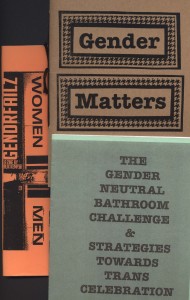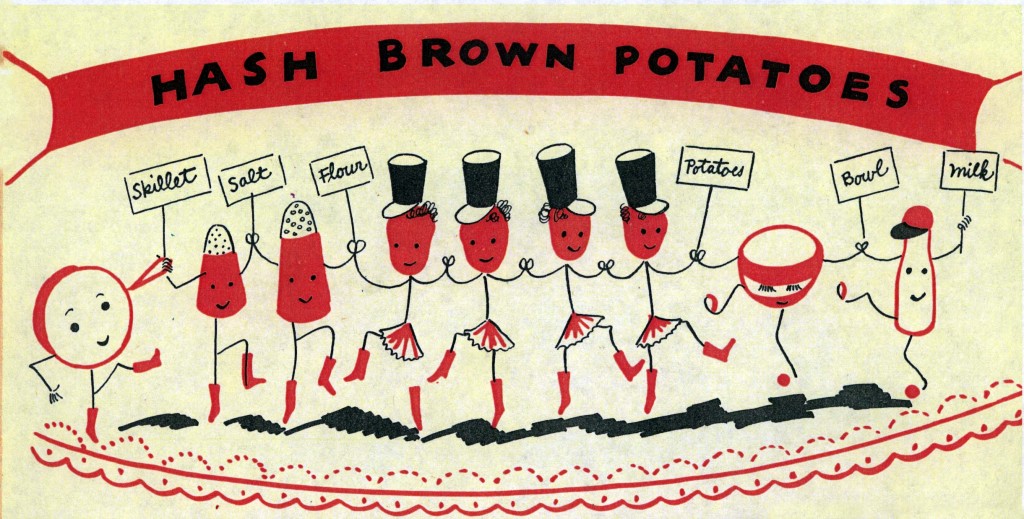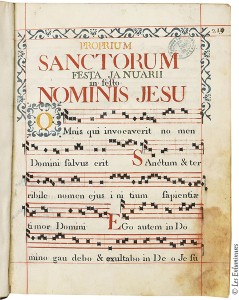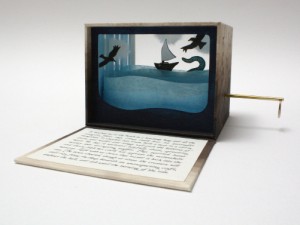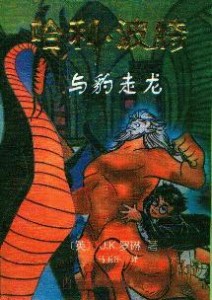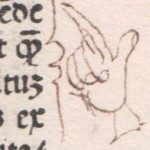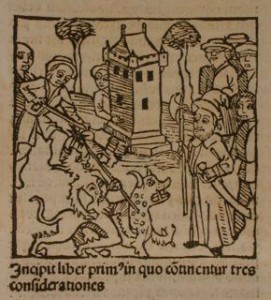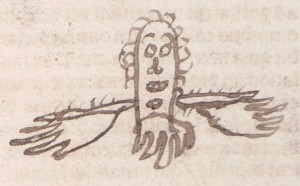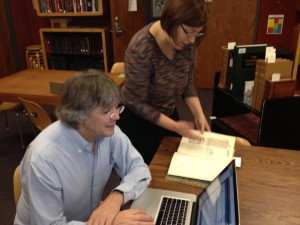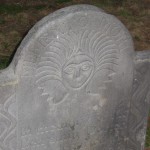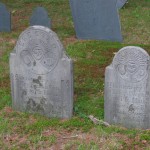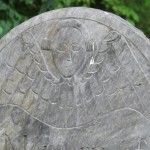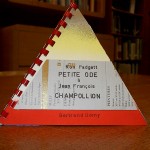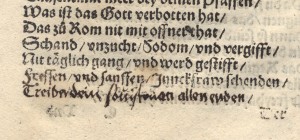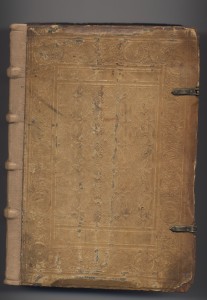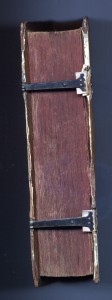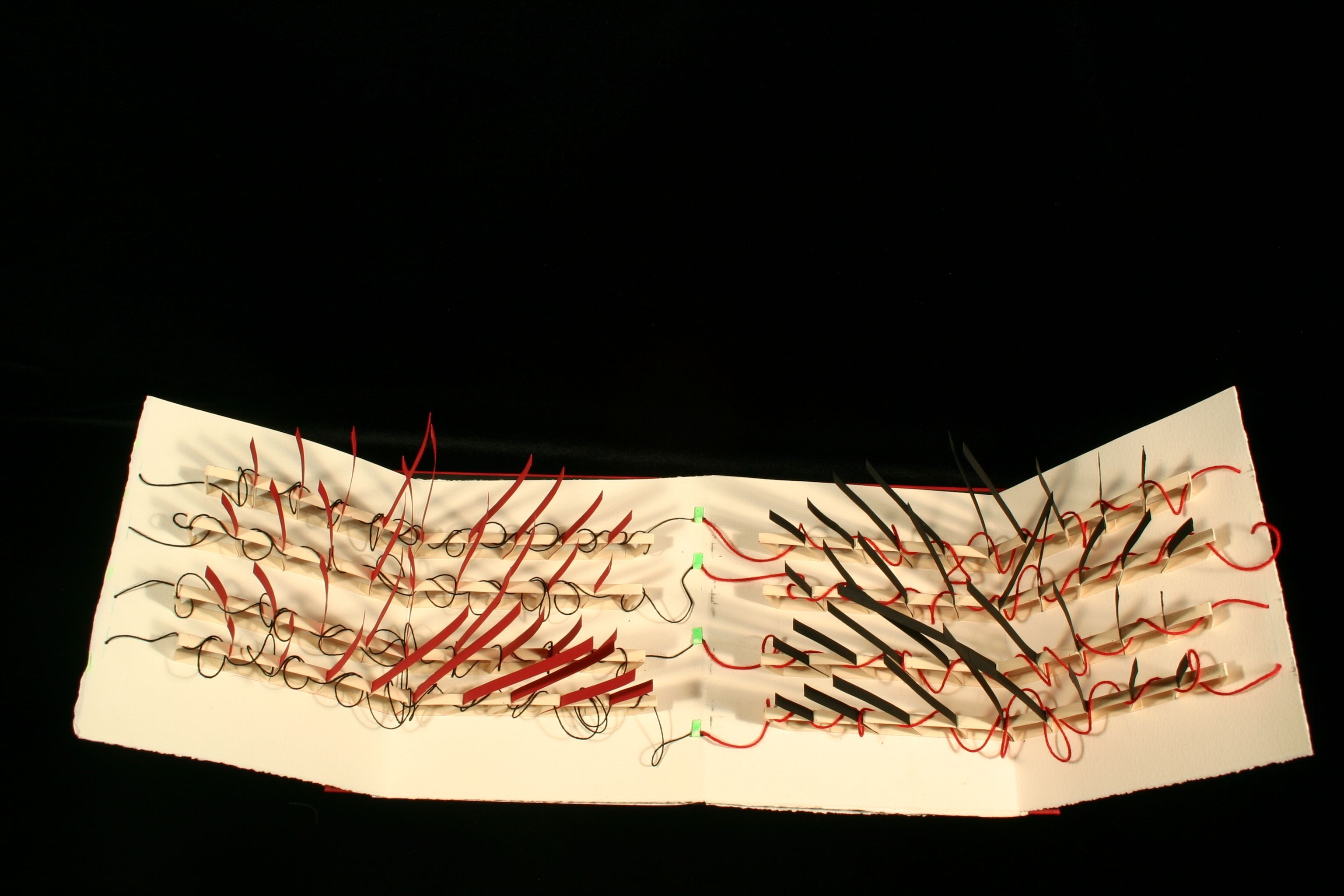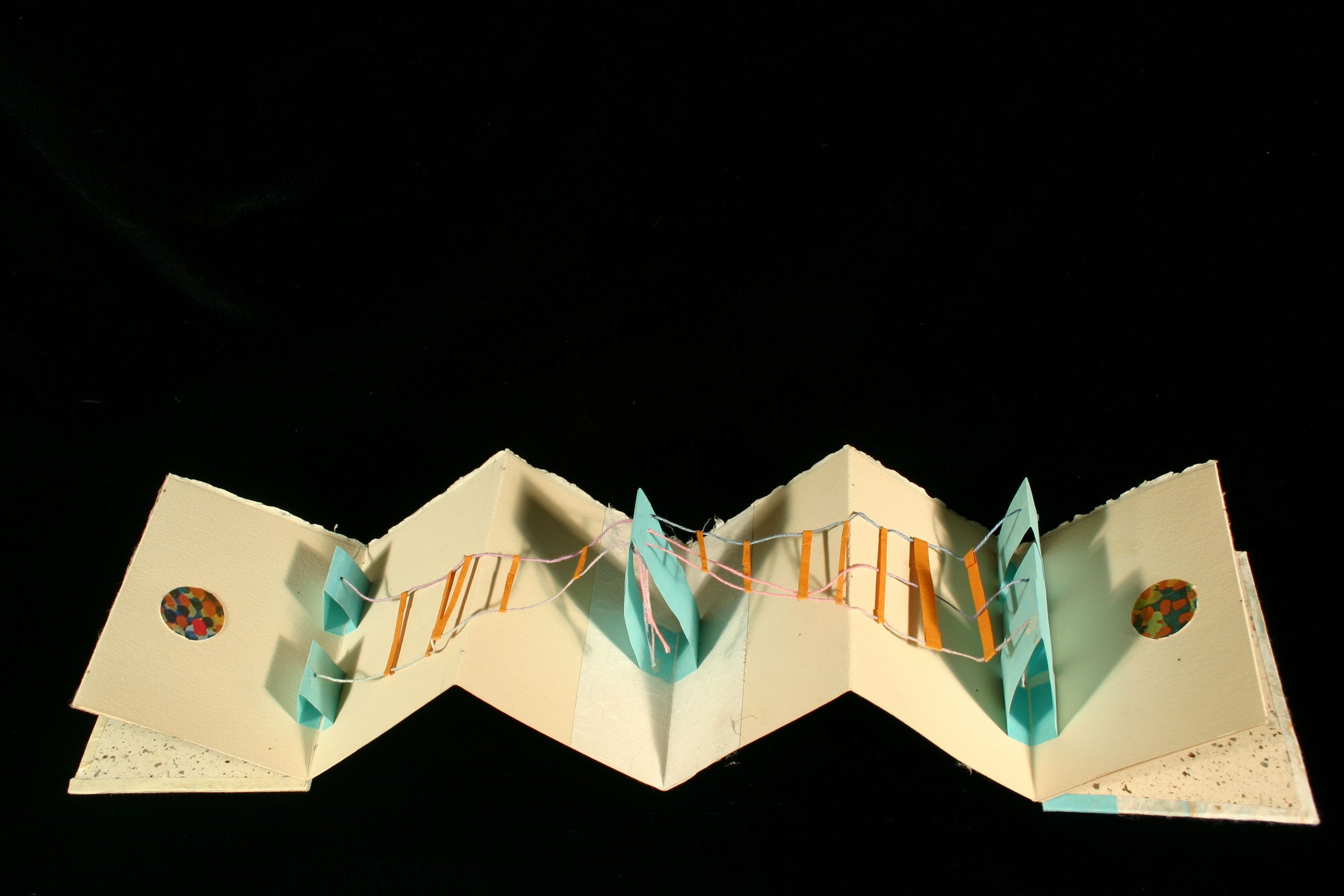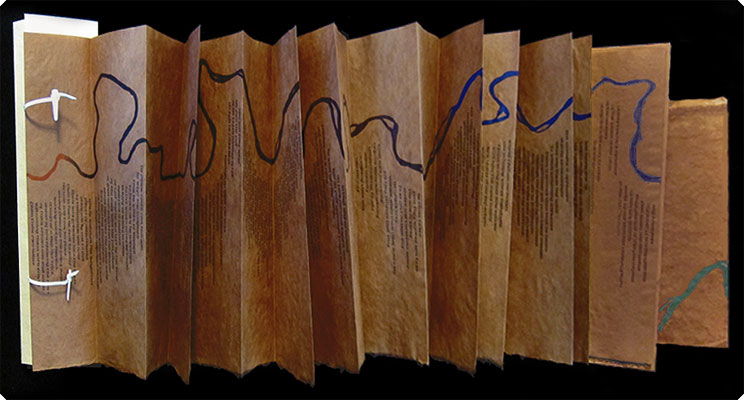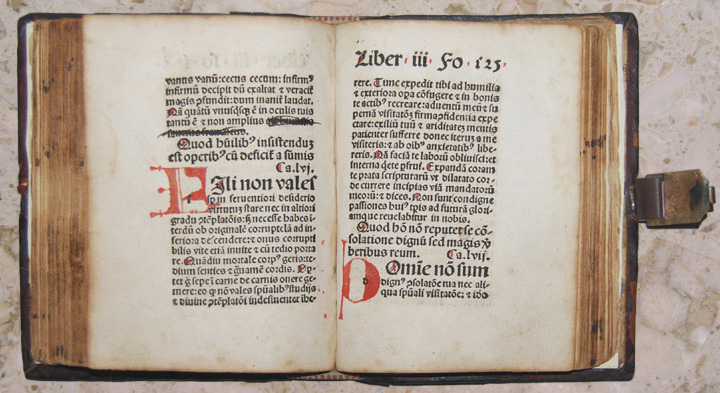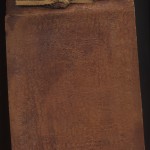
Isaac Clarke memoir
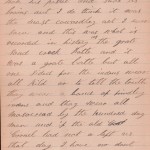
page 191
In September of 2013, we received an amazing gift from Tom Courtney: a 200-page leather-bound handwritten memoir, dated 1892, by Isaac Clarke, a Union soldier who witnessed the Sand Creek Massacre in 1864.
Along with the manuscript, we received a 60-page typed “reconstruction” of the memoir, available in full here. See pages 40-43 of the reconstruction (179-195 of the original) for Clarke’s memories of Sand Creek.
Please note: the reconstruction corrects spelling and syntax and frequently paraphrases Clarke’s words, sometimes changing the meaning or emphasis. For example, on page 191 of the original (pictured above), Clarke writes:
“…I do think it was the most cowardly act I ever saw and this was what is recorded in history as the grate sand creek Battle and it was a grate battle but all one sided for the indens were all kild an to tell the truth they wear a band of friendley indens and they were all masacread by the hundred day men.”
The reconstruction for this passage reads:
“…It was the most dastardly, cowardly act I ever saw, and this was what is recorded in history as the Great Sand Creek Battle. The truth of the matter was that it was a band of friendly Indians massacred by a regiment of white savages, the hundred day men.”
If possible, therefore, researchers should visit CC Special Collections and consult the original rather than depend solely upon the reconstruction.
